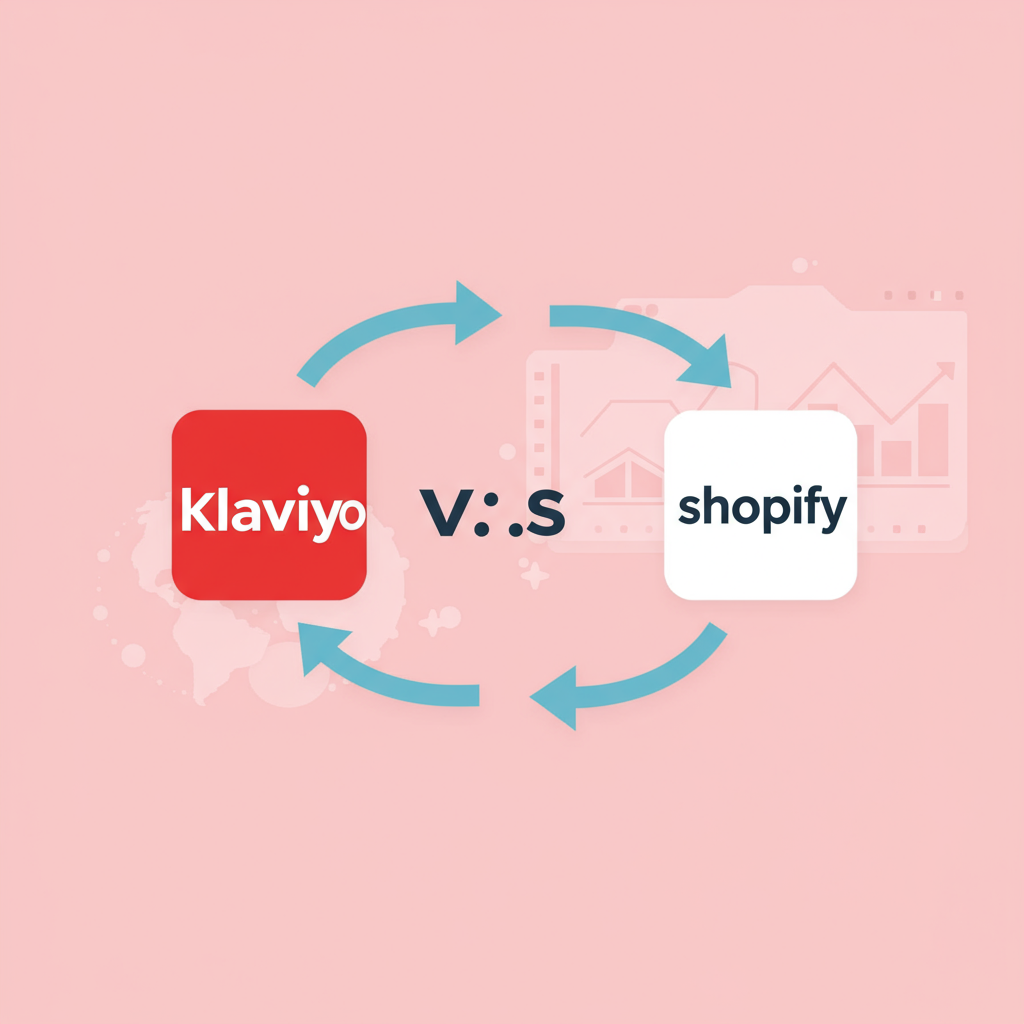Unlock the full potential of your Shopify store with powerful email marketing automation and personalized customer journeys.
As a merchant, you’re always looking for ways to boost sales and build stronger customer relationships. If you’re running a Shopify store, you’ve likely heard of email marketing, but perhaps you haven’t unlocked its full potential. That’s where Klaviyo comes in.
It’s not just another email platform; it’s a powerful marketing automation tool specifically designed for e-commerce businesses like yours. I’ve seen firsthand how Klaviyo transforms customer engagement.
It goes beyond basic newsletters, allowing for highly personalized communication based on customer behavior on your Shopify store. This level of personalization is key to converting browsers into buyers and one-time purchasers into loyal advocates.
The synergy between Klaviyo and Shopify is truly remarkable. They integrate seamlessly, allowing Klaviyo to pull in all the crucial data points from your Shopify store – purchase history, browsing behavior, abandoned carts, product views, and more.
This rich data is the fuel for your targeted marketing efforts. The first step is incredibly straightforward: integrating Klaviyo with your Shopify store. I remember thinking it would be complex, but it’s surprisingly simple.
From your Klaviyo account, navigate to “Integrations,” search for Shopify, and follow the prompts. You’ll be asked to authorize the connection, and within minutes, Klaviyo will start syncing your customer data, product catalog, and order history. It’s almost magical how quickly it happens.
Once connected, Klaviyo begins its initial sync. This can take a little while depending on the size of your store and customer base, but it’s a one-time process. During this time, you can explore the Klaviyo interface and familiarize yourself with its features.
The beauty of this integration lies in the data. Klaviyo automatically creates profiles for each of your customers, enriching them with every interaction they have with your Shopify store. This includes what they’ve viewed, added to cart, purchased, and even their lifetime value.
With all this data, segmentation becomes incredibly powerful. I can create highly specific customer groups based on their behavior. For example, I can segment customers who purchased a specific product, or those who viewed a product but didn’t buy.
Think about it: “Customers who bought Product X in the last 30 days,” “Customers who abandoned a cart with over $100 value,” or “VIP customers who have spent over $500.” These segments allow for hyper-targeted messaging.
This is where Klaviyo truly shines for me – its “Flows” feature. Flows are automated email (or SMS) sequences triggered by specific customer actions. They work 24/7, nurturing leads and recovering sales without constant manual intervention.
The abandoned cart flow is a must-have. I’ve seen it recover a significant percentage of lost sales. When a customer adds items to their cart on Shopify but doesn’t complete the purchase, Klaviyo can automatically send a series of reminders.
My typical abandoned cart flow includes an initial reminder after a few hours, a second one with a small incentive (like free shipping) after 24 hours, and a final one after 48 hours. This gentle nudge often brings customers back.
For new subscribers or first-time customers, a welcome series is crucial. It’s your chance to introduce your brand, share your story, and offer a first-purchase discount. This builds rapport and encourages that initial conversion.
The browse abandonment flow is a more advanced but highly effective flow. If a customer views a product on your Shopify store multiple times but doesn’t add it to their cart, Klaviyo can send a personalized email reminding them of the product and perhaps suggesting related items.
Don’t forget about your existing customers! A post-purchase flow can include order confirmations, shipping updates, product care tips, requests for reviews, and even cross-sell or upsell opportunities based on their recent purchase.
While flows are automated, campaigns are one-time email blasts. I use campaigns for new product launches, seasonal sales, holiday promotions, or important brand announcements.
Even with campaigns, I leverage Klaviyo’s segmentation. Instead of sending a generic email to everyone, I might send a specific campaign about men’s new arrivals only to my male customer segment, or a discount on winter wear to customers in colder climates.
Klaviyo also allows you to create beautiful, conversion-optimized pop-ups and embedded forms for your Shopify store. These are essential for capturing new email subscribers directly from your website.
I often set up pop-ups to appear after a certain time on page, or when a user shows exit intent. Offering an immediate discount in exchange for an email address is a highly effective strategy I’ve employed.
Klaviyo provides robust A/B testing capabilities for both flows and campaigns. I constantly test different subject lines, email content, call-to-action buttons, and even send times to optimize my results. This data-driven approach is invaluable.
Understanding your performance is key. Klaviyo’s dashboard offers comprehensive analytics, showing open rates, click-through rates, conversion rates, and revenue generated from your emails. I regularly dive into these reports to identify what’s working and what needs improvement.
Beyond Shopify, Klaviyo can integrate with many other tools you might use, like review apps, loyalty programs, or customer service platforms, further enriching your customer data and marketing capabilities.
My personal takeaway: Using Klaviyo with Shopify has been a game-changer for my business. It’s allowed me to scale my marketing efforts, build stronger customer relationships, and significantly increase my revenue without needing a massive marketing team. It truly empowers you to act like a much larger enterprise.
If you’re a Shopify merchant and you’re not fully leveraging email marketing, or if you’re using a less robust platform, I highly recommend exploring Klaviyo. The initial setup is an investment of time, but the returns are well worth it.
What are your thoughts on this article? Do you have any specific questions about using Klaviyo with Shopify, or perhaps a success story you’d like to share? I’d love to hear from you.






